|
"An exercise to begin each mowing session helps remind me of the shape of the movement. I stand erect, neither slumping nor rigidly at attention, and consider gravity as the funamental force of the earth, which acts upon my entire body at every moment. Gravity is an acceleration, as opposed to a steady velocity; an ever-new force that pulls me downward faster and faster. I respond with acceleration upward, in opposition, also renewed every moment, an anti-gravity. I prefer the terms energy or spring to anti-gravity for denoting this counter-movement; it is not an anti-earth force, or a rejection. The earth is the entity from which we spring. We are the earth's offspring. The other connotations of spring are all correct. Neither pulled back to merge with the source, nor flying uncontrollably in escape, I stand errect, firmly grounded yet springing toward heaven. The stance itself is an act of creativity." from The Scythe Book by David Tresemer Dear Friends,
Over the past few weeks, we have had a growing contingent of folks seeking us out to come work with us and volunteer at the farm, in addition to our three commited work shares who have been with us throughout the season. We warn people--or try to--when they come: the sun is hot, the dirt is dirty, the work is monotonous, the bugs bother, the ivy itches, we do a lot of weeding. But they come anyway--mostly young people, with curiousity or excitement or something I do not know drawing them in. Anton and I do not fancy ourselves managers (of people), and, even if we could afford it, we were unsure if we were ready to hire an employee this year. But volunteers are a little different--we may direct or lead or suggest or teach a little here and there, but we do not manage. Instead we engage and are engaged by. Instead, we are given an opportunity to show young people a bit about growing food, one 3-or-4 hour chunk at a time. As author David Tresemer writes, “I find that, once the cultural aversion to physical work is overcome, we have a good time of shared work.” What draws people to a farm--to come work in the dirt for an hour or a day? Sure, we can offer an opportunity for a nice tan and decent arm muscles, but there must be an incentive deeper than that. A former co-worker used to say "it all comes out in the carrot patch," meaning: once we were out on hands and knees weeding, thinning, or harvesting carrots for the second or third hour, the questions get deeper, the conversations more intriguing, the honesty of a higher caliber. When you're engaged in physical labor, occupying body, mind, and heart, fueled by sun and breeze, suddenly you find yourself recounting the memories of a lost loved one, debating radical land reform, sharing life goals and visions and dreams for a more beautiful world. I don't know if this is what brings people to voluntarily work on a farm. As our neighbor was leaving after his first day volunteering (where we weeded for 3 straight hours), he said to me, "I'm so glad something like this is happening in Zionsville while I'm still here." The generosity of a 17-year old left me grounded and grateful. People bring life to this farm. As Farmer John of Angelic Organics says, "The more one takes a farm into one’s heart, the more restorative and transformational will this be for humanity and the earth alike. And the more you are involved with our farm, the more we can get to know you. This will help us to find our way together." With our first, and second, weeks of CSA pick-ups these past weeks, we were immediately reminded of why we farm: to feed people, of course. Come for the food, stay for the company. With Thanks, Lisa and Anton ... And a few notes on farming, too... The cover crops are in an incessant routine of coming and going, according to Anton's meticulous excell spreadsheet(s) of calculations and planning. The first fields of buckwheat (see top-most image above, left and right bottom) have been scythed or mowed, and the later plantings are alive with the vibrant hum of native polinators and honey bees. The sudan (see two center images above) has been mostly mowed down by horses, and is now starting to regrow, along with the clover underseeded beneath--clover which will "fix" Nitrogen out of the atmosphere to make avaliable for our crops next year. By mid-August we'll start to plant oats and peas, which will die in the winter frosts or "winter-kill," leaving a shallow mulch that is easy to disc in for our earliest 2015 plantings. We started harvesting the storage onions (see below), with many more to come. After they lie drying on the greenhouse tables for 2-4 weeks, these onions will be ready to be cleaned and stored all fall and winter long (we hope!). Garlic harvest coming soon!
6 Comments
|
Archives
December 2019
FarmersAnton M. Shannon Categories
All
|

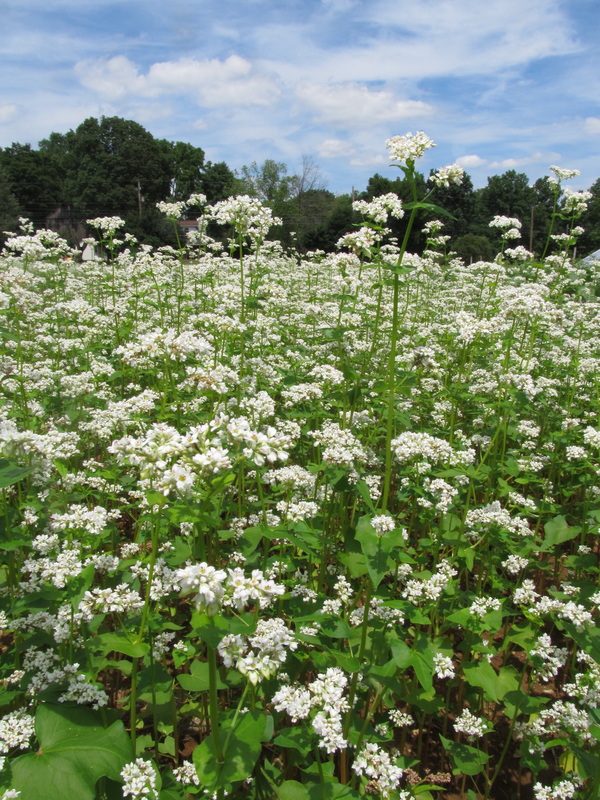
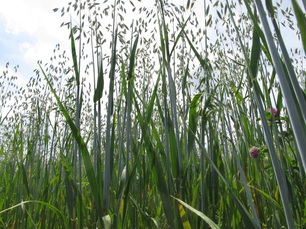
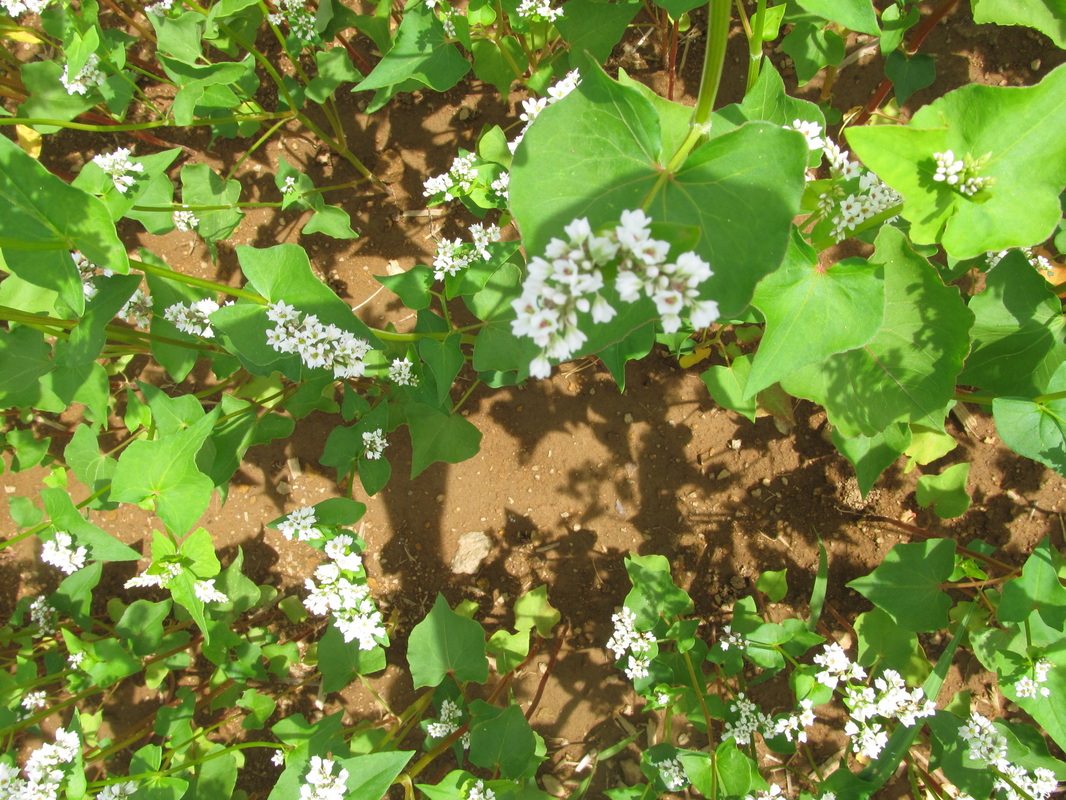
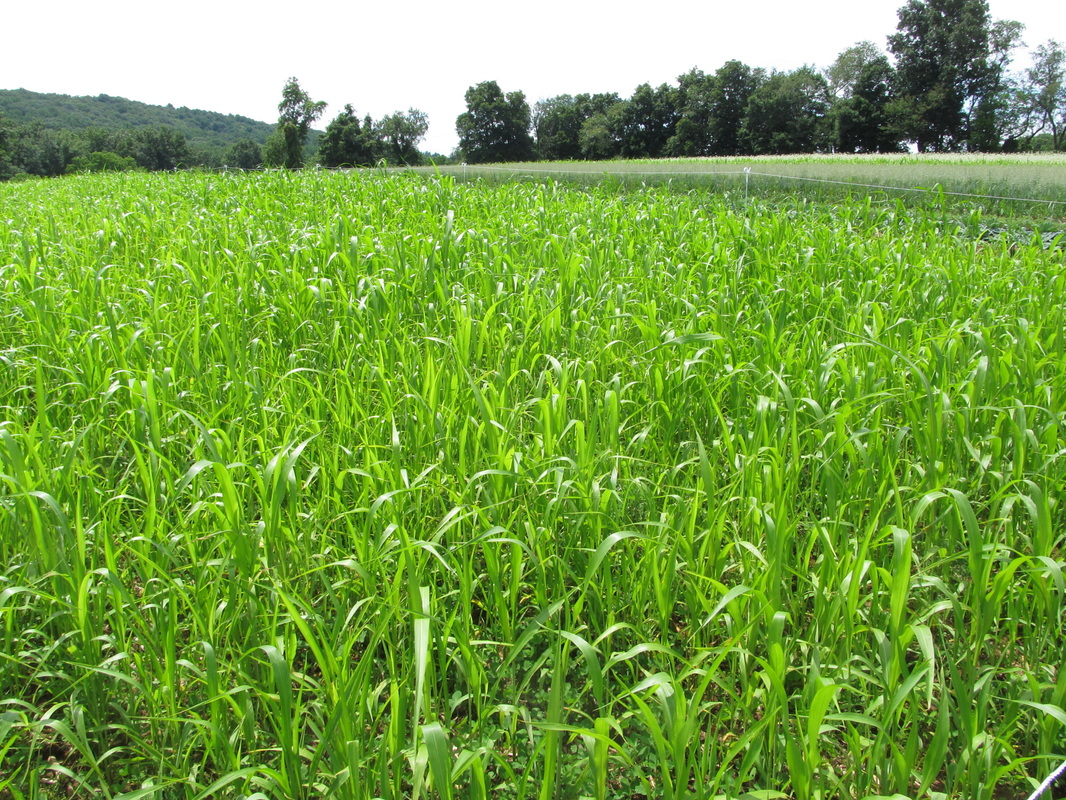

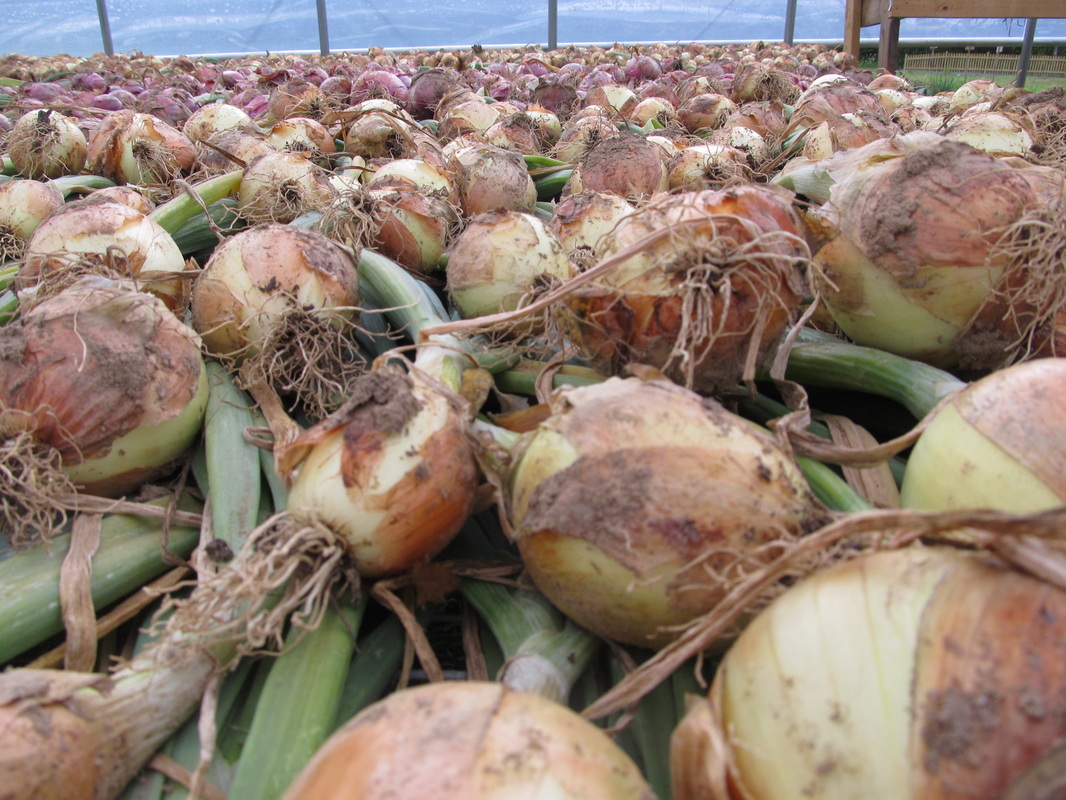
 RSS Feed
RSS Feed